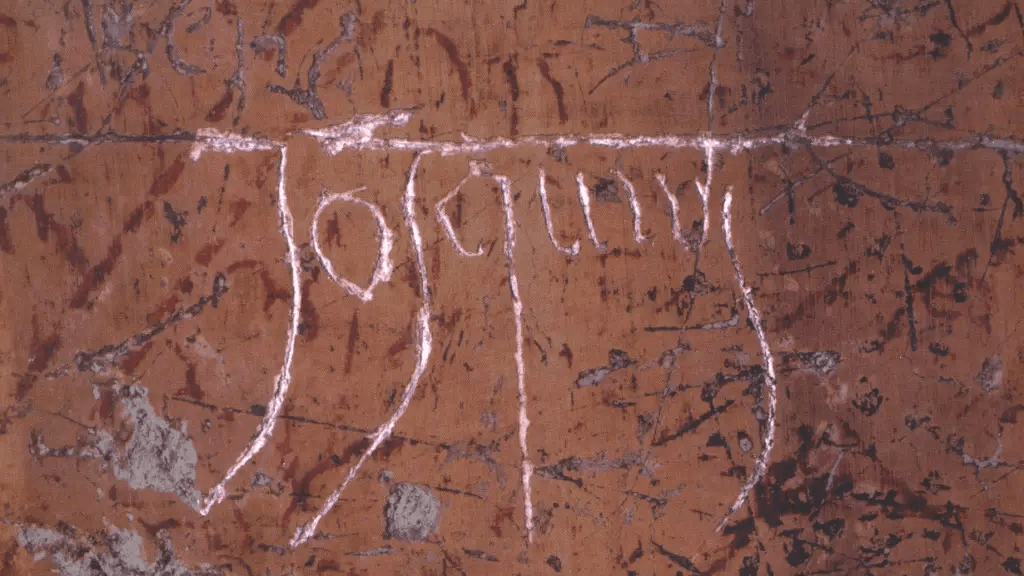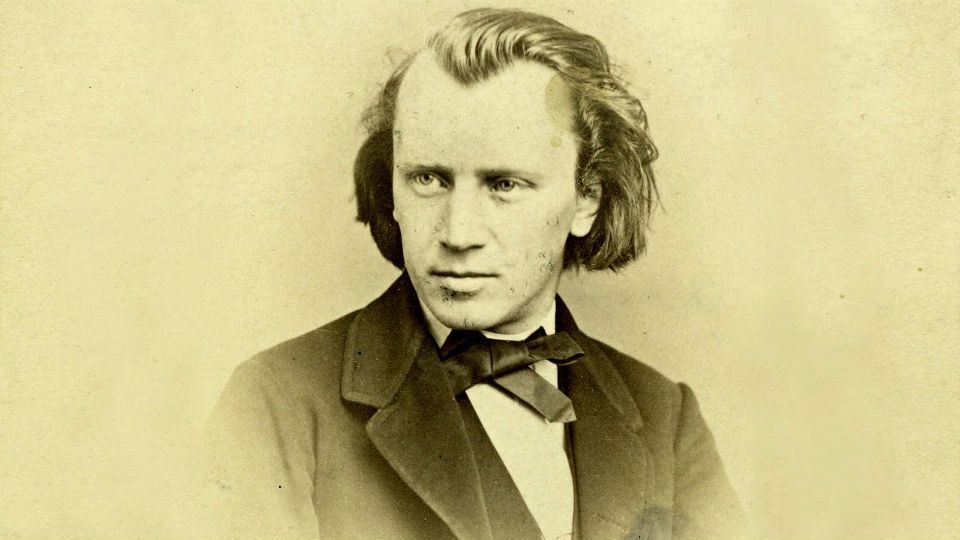Josquin des Prez’ “Nymphes des Bois”: Graindelavoix
Nymphes des bois (“Nymphs of the woods”) is a sensuous, five-voice lamentation by the High Renaissance Franco-Flemish composer, Josquin des Prez (c. 1450-1521). A musical memorial, it was written following the February 1497 death of Johannes Ockeghem, an influential composer with whom Josquin may have studied. The text, based on a poem by Jean Molinet, includes the Requiem Aeternam as a cantus firmus. The first two sections of the piece pay homage to …







